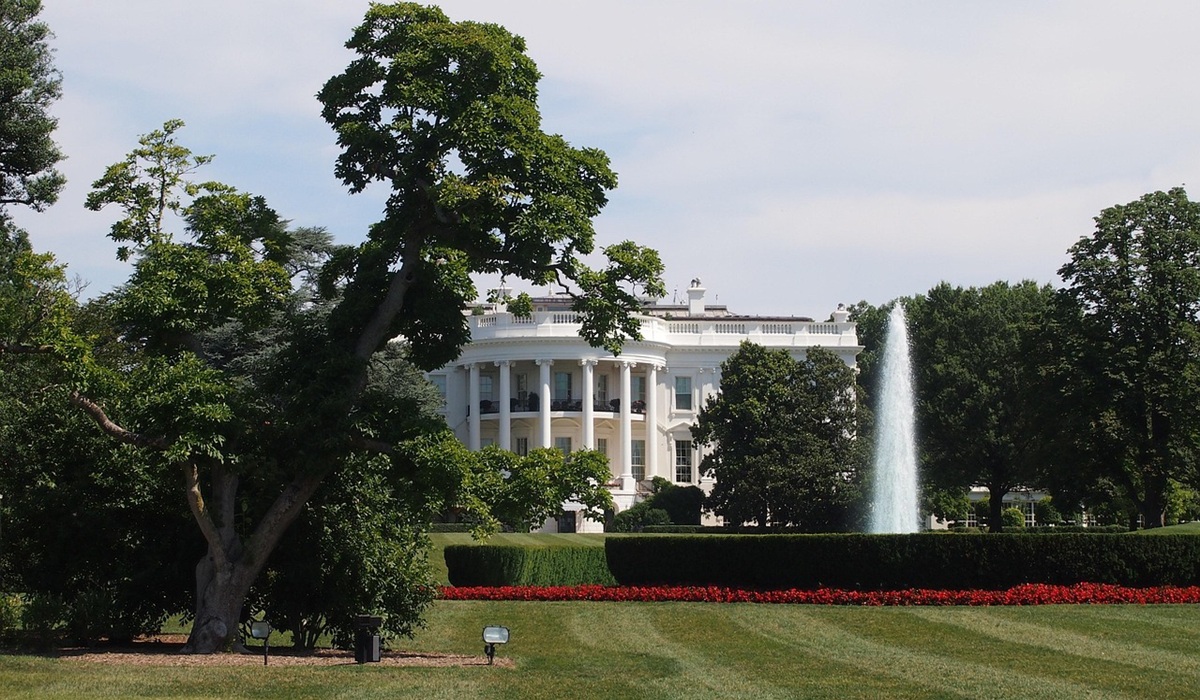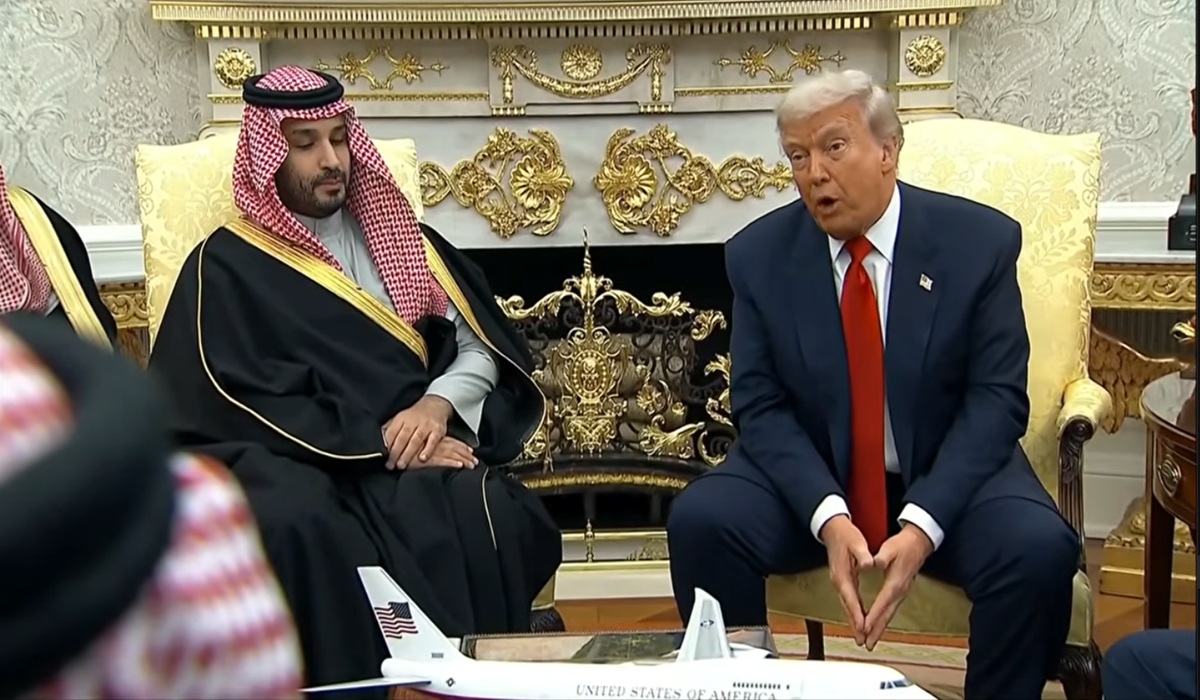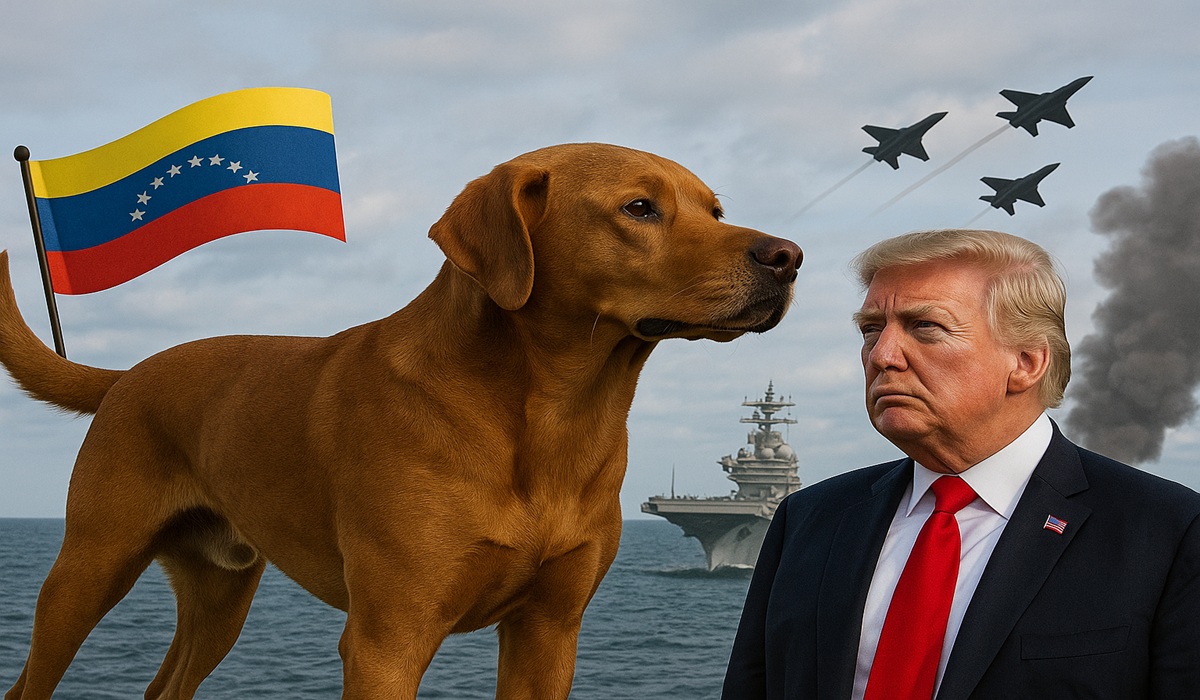When Tariffs Backfire: How Higher Aluminum and Steel Levies Are Pushing U.S. Manufacturing Overseas
- Xuemei Pal
- U.S.A
- August 27, 2025

Image Credit: Meineresterampe
President Trump’s new tariffs on steel, aluminum, vehicles, and consumer goods were launched with the promise of sparking a manufacturing renaissance at home. But instead of fueling a return of industrial jobs, the policies are pushing many companies to shift production or sourcing abroad, citing unsustainable costs that threaten competitiveness.
In the heavy-truck industry, global players such as Daimler Truck and Traton have leaned heavily on their Mexico operations to sidestep tariffs and preserve market share. U.S.-based Paccar, by contrast, has reported tens of millions of dollars in additional quarterly costs tied directly to the tariffs, eroding profits and forcing tough decisions on investment. Volvo has gone a step further, committing more than a billion dollars to expand in Mexico in order to minimize tariff exposure.
Toy manufacturers are also sounding the alarm. WS Game Company, a Massachusetts-based producer of upscale licensed board games, has forecast losses of up to $10 million this year—nearly a third of its sales—because of tariffs on Chinese imports. The company has warned it may be forced to scale back its workforce or move parts of its production abroad to survive.
Automakers have not been spared. Stellantis temporarily halted operations at its Windsor, Ontario facility, a move that disrupted more than 3,000 jobs and reverberated across its U.S. supply chain. Executives cited uncertainty surrounding tariffs on imported cars and parts, which forced them to reallocate production to facilities in Canada and Mexico. American auto suppliers, particularly in the Midwest, have faced layoffs as a result.
Smaller manufacturers have felt the strain most acutely. Husco International, a Wisconsin-based maker of hydraulic and electro-mechanical components, is confronting about a million dollars in additional monthly costs due to tariffs on metals and parts from China. The company has openly acknowledged it may need to move jobs overseas. Regal Ware, a cookware manufacturer, has said it stands to lose $2 million in profits this year if tariffs remain.
Even mid-sized firms with narrow margins have been hit hard. MAHLE, a piston maker, faces millions in new expenses from aluminum tariffs. M2S Bikes, a North Carolina e-bike startup, has seen costs rise by more than $400 per bike, stalling its growth plans. M&B Metal Products, an Alabama-based hanger manufacturer, has shelved expansion and modernization plans because of the cost burden.
The consequences ripple beyond factories and shop floors. McClatchy Newspapers laid off 140 employees, citing tariffs on Canadian newsprint as a factor in rising costs that cut into revenue. For industries from publishing to packaging, the impact has been broad and punishing.
What was meant to be a lever for industrial revival has instead revealed the fragility of global supply chains and the limits of protectionism. While a handful of U.S. steel and aluminum producers have benefited from reduced foreign competition, the far larger outcome has been job losses, investment freezes, and strategic relocations abroad. Companies are increasingly pursuing “friend-shoring,” moving operations to Mexico, Vietnam, India, and other partners that offer cost stability without the tariff burden.
The net result is clear: tariffs designed to bring manufacturing back to America are, in many cases, driving it away. Instead of reigniting domestic industry, the new levies are creating a climate where global firms—and even small American businesses—find survival easier outside the very borders the policy was meant to protect.








